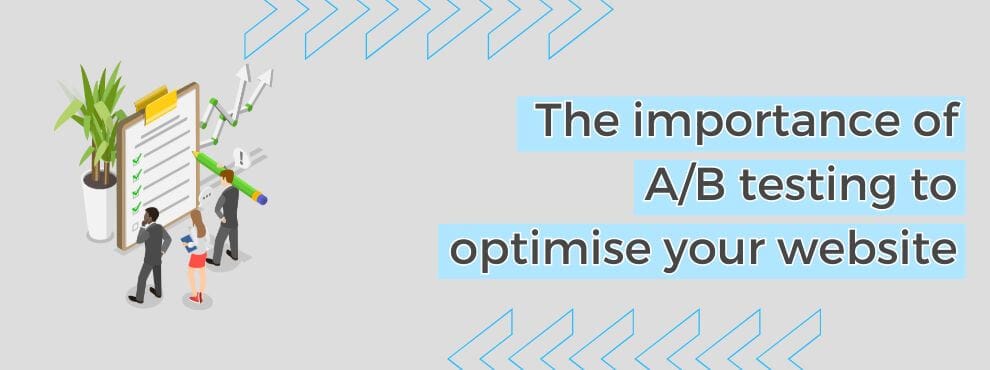In today’s digital world, where competition is fierce and users have more and more options, optimizing a website has become a fundamental task for any online business. One of the most effective strategies to achieve this optimization is the implementation of A/B testing. This method allows you to make data-driven decisions and continuously improve the user experience, thus increasing the conversion rate and performance of the website.
Table of contents
what is A/B testing?
A/B testing, also known as split testing, is a method of experimentation that consists of comparing two versions of a web page or a specific element to determine which one works better. User traffic is divided into two groups: one group sees the original version (A) and the other sees the modified version (B). By analyzing user behavior on each version, you can identify which changes have a positive impact on the results.
Benefits of A/B testing
Implementing A/B testing on a website offers a number of key benefits:
- Better decision making: Rather than relying on assumptions or intuition, A/B testing allows decisions to be made based on real, accurate data.
- Increased conversion rate: Small changes in design, copy or calls to action can make a big difference in the number of conversions.
- Optimization of the user experience: Testing different elements of the site helps to improve navigability and usability, generating a more fluid and attractive experience.
- Reduced bounce rate: An optimized site keeps users engaged for longer, preventing them from leaving the page prematurely.
what elements of a website can be tested with A/B testing?
A/B testing can be applied to different elements of a web page, among the most common are:
- Calls to action (CTAs): The location, color and text of buttons can influence click-through rate.
- Headers and copy: Testing different messages can impact how users interact with the page.
- Design and layout of elements: Page structure, menus and content organization can affect the user experience.
- Forms: The number of fields, the type of information requested and their design can improve the conversion rate.
- Images and multimedia: Testing different images or videos can have a greater impact on attracting users.
Steps to perform an effective A/B test
- Define the objective: Before running the test, it is essential to establish what you are looking to improve, whether it is conversion rate, dwell time or interaction with a specific element.
- Select the variable to test: It is advisable to change only one element at a time in order to analyze its impact accurately.
- Create the alternative version: A version B is designed with the changes to be evaluated.
- Divide the traffic equally: Visitors should be randomly distributed between both versions to obtain representative data.
- Collect and analyze data: After a set period, analyze the results to identify which version performed better.
- Implement changes and further optimize: If version B shows better results, implement it definitively and continue testing for further improvement.
Conclusion
A/B testing is an indispensable technique for any web optimization strategy. They allow you to improve the user experience, increase the conversion rate and make decisions based on concrete data. At IDX Innovadeluxe, we are experts in website optimization and the use of advanced tools to ensure the maximum performance of your online business. Implementing A/B testing on a constant basis will allow you to stay one step ahead of the competition and offer a better experience to your customers.




Deja un comentario